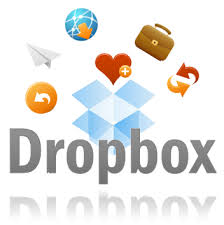How To Make Freemium Work
As digital start-ups struggle with challenge of how to generate revenue, many of them turn to the ‘freemium’ business model. An amalgam of the words free and premium, freemium as the name suggests, means that customers are offered some goods for free while those with greater functionality or features require payment usually in the form of a monthly subscription fee. The model was initially popular in the software industry but has since spread widely to include music, publishing, newspapers, telcos, education and the vast majority of apps.

But making freemium work is not as easy as it sounds and requires some sound decision making. In particular, there is the challenge of identifying what should be given away for free and balancing that with what should be charged for and how much? Give too much away for free and upgrade rates will be low, give too little away and initial user registrations will be low. Remember freemium is not the same as a free trial period, it is always free. What you are looking for is a compelling free offer to generate as many user registrations as possible. Paradoxically, with this model your traffic rates are more important than your conversions. It is far better to upsell just 5% of two million subscribers than 50% of 100,000.
The second issue then is once they sign up, give them a compelling reason to upgrade. A difference in approach can clearly be seen among two initial freemium pioneers, Dropbox and LinkedIn, both of whom were reported to have 300 million registered users in May of this year. With Dropbox, users get 2 GB of storage for free with the option to upgrade to Dropbox Pro giving 1,000 GB of space for a subscription fee of $9.99/month. Regular Dropbox users will hit their storage limit fairly quickly and the benefits of the subscription option are very clear. Dropbox generated revenues of $200 million in 2013. In contrast, the reasons for upgrading with LinkedIn are not as obvious. Four upgrade options are available ranging from €21.99/month to €89.95/month for business users but subscription income of $88 million in 2013 still represents only 20 per cent of LinkedIn’s overall revenues. Customers need to see clear value before they will subscribe to paid services.
Freemium is very much here to stay. And remember even if you are not using this model today chances are you are competing with it!
Related Articles






 John Fahy
John Fahy
Reader Comments